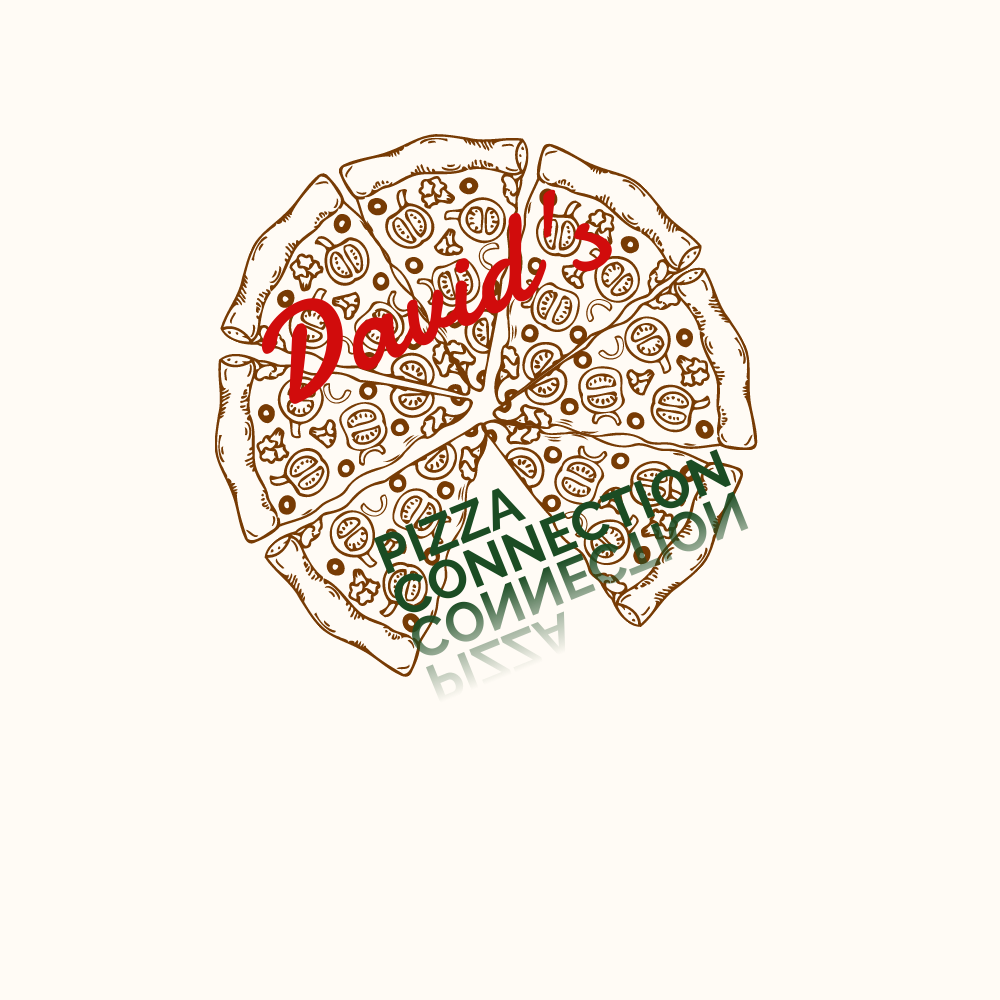This 44 bp deletion occurs 1 kb upstream from the transcription initiation site of the gene.[53] This is depicted through the following diagram [Figure 4]. The good news is that within a year of stopping drinking, most cognitive damage can be reversed or improved. By the way, many rehab centers offer exercise therapy, which is an experiential approach that boosts feel-good neurotransmitter release.
Alcohol has such a wide variety of effects, affecting the parts of your brain that control speech, movement, memory, and judgment. This is why the signs of overindulgence include slurred speech, bad or antisocial behavior, trouble walking, and difficulty performing manual tasks. However, when it comes to dopamine levels and addictive substances, alcohol behaves somewhat differently than other substances or pharmaceuticals. Schematic representation of alcohol’s effects on the balance of inhibitory and excitatory neurotransmission in the brain. When we drink, the brain’s so-called reward circuits are flooded with dopamine. Sleep apnea is a common disorder that causes breathing to repeatedly stop and restart during sleep, affecting the amount of oxygen your body gets.
Why Do People Use Alcohol & Drugs Even After Facing Consequences?
Previous research about the neurobiochemisty of alcohol dependence has focused on the DA system, but many of the findings have been contradictory. Neurotransmitter systems may interact to produce the sedative effects of alcohol. An example of such interaction occurs in Purkinje cells, a type of neuron found in the cerebellum. In these cells, the increased activation of the GABAA receptor induced by alcohol occurs only with concurrent activation of certain receptors for norepinephrine, a neurotransmitter with many regulatory functions (Lin et al. 1993).
For example, in studies performed in rats, alcohol injected into the blood in amounts as low as 2 to 4 milligrams per kilogram of body weight increased dopamine release in the NAc shell and maintained chronic alcohol self-administration (Lyness and Smith 1992). In rats, oral alcohol uptake also stimulates dopamine release in the NAc (Weiss et al. 1995). To achieve the same effect, however, this administration route requires higher alcohol doses than does alcohol injection directly into the blood. To modulate the responsiveness of neighboring neurons to glutamate, dopamine modifies the function of ion channels in the membrane of the signal-receiving (i.e., postsynaptic) neuron. The activity of some of these ion channels (i.e., whether they are open or closed) depends on the voltage difference, or potential, between the inside and the outside of the cell membrane adjacent to these channels. This rather specific distribution pattern of dopaminergic neurons contrasts with other related neurotransmitter systems (e.g., serotonin or noradrenaline), which affect most regions of the forebrain.
Distribution of Dopaminergic Neurons
When alcohol consumption is abruptly discontinued or reduced, these compensatory changes are no longer opposed by the presence of alcohol, thereby leading to the excitation of neurotransmitter systems and the development of alcohol withdrawal syndrome. Long-term alcohol intake also induces changes in many neurotransmitter systems that ultimately lead to the development of craving and alcohol-seeking behavior. Many substances that relay signals among neurons (i.e., neurotransmitters) are affected by alcohol. Alcohol shares this property with most substances of abuse (Di Chiara and Imperato 1988), including nicotine, marijuana, heroin, and cocaine (Pontieri et al. 1995, 1996; Tanda et al. 1997).
- The study concludes by stating that their data does not support a role of serotonergic polymorphisms in AD.
- Serotonin released by the signal-emitting neuron subtly alters the function of the signal-receiving neurons in a process called neuromodulation.
- In the dopaminergic pathway, one such gene is a dopamine receptor D2 (DRD2) which codes for a receptor of dopamine.
Burst-firing of dopamine neurons enables learning—long-term potentiation (LTP)—of search and avoidance responses. It sets the stage for learning that occurs between glutamatergic sensory inputs and GABAergic motor-related outputs of the striatum; this learning establishes the ability to search and avoid. Independent of burst-firing, the rate of single-spiking—or “pacemaker firing”—of dopaminergic neurons mediates motivational arousal. Motivational arousal increases during need states and its level determines the responsiveness of the animal to established predictive stimuli. Addictive drugs, while usually not serving as an external stimulus, have varying abilities to activate the dopamine system; the comparative abilities of different addictive drugs to facilitate LTP is something that might be studied in the future.
Effects of Short-Term Alcohol Consumption
Hebb has postulated a mechanism by which repeated synaptic input from a (predictor) cell that reliably precedes another (reward) neuron becomes linked to its target. As responses to predictors develop, the burst-responding in response to the actual rewards or punishers is temporarily lost; responsiveness, however—in this case inhibition of firing—appears when the reward or punisher fails to appear at the expected time [44]. When burst-firing develops in response to reward-predictors it enables cellular learning in surrounding synapses; these are glutamate-GABA synapses localized within microns of the sites of dopamine release. Alcohol is the first thing people go for when they are at a social gathering and are looking to have a pleasant time. It is the first choice in the long list of things which can make a person feel intoxicated and give that feeling of high.

In the process of undergoing these therapies, you find ways of disarming use triggers and stressors. Besides that, if you have a co-occurring how does alcohol affect dopamine mental health challenge, you manage it. Managing your drinking and getting the right support are really important for your mental health.
Alcohol and Dopamine Addiction
Dopamine-containing neurons in the NAc are activated by motivational stimuli, which encourage a person to perform or repeat a behavior. This dopamine release may contribute to the rewarding effects of alcohol and may thereby play a role in promoting alcohol consumption. In contrast to other stimuli, alcohol-related stimuli maintain their motivational significance even after repeated alcohol administration, which may contribute to the craving for alcohol observed in alcoholics. When the concentrations of different neurotransmitters were determined in various brain regions of these animals, the levels of serotonin and its metabolites were lower in P rat brains than in NP rat brains.
Newer rodent models of edible or vaporized THC self-administration hold promise [142, 143]. However, species differences in cannabinoid receptor expression and distribution, particularly in the VTA, may underlie differences in the rewarding effects of THC between humans, non-human primates and rodents [144]. The burst-firing in response to predictors of rewards or punishers develops with age, as the animal learns about the environment. The burst-responses should not really be seen as travelling from the unconditioned rewards and punishers to their predictors; rather, the process of burst-firing develops anew in response to predictors that involve a Hebbian mechanism [42, 43].
The Brain Following Chronic and Long-Term Substance Abuse
A subsequent group of researchers found that drinking increases levels of norepinephrine, the neurotransmitter responsible for arousal, which would account for heightened excitement when someone begins drinking. Norepinephrine is the chemical target of many stimulants, suggesting that alcohol is more than merely a depressant. Elevated levels of norepinephrine increase impulsivity, which helps explain why we lose our inhibitions drinking. Drunken brains are primed to seek pleasure without considering the consequences; no wonder so many hook-ups happen after happy hour.
Alcoholics and experimental animals that consume large quantities of alcohol show evidence of differences in brain serotonin levels compared with nonalcoholics. Both short- and long-term alcohol exposure also affect the serotonin receptors that convert the chemical signal produced by serotonin into functional changes in the signal-receiving cell. Drugs that act on these receptors alter alcohol consumption in both humans and animals. Serotonin, along with other neurotransmitters, also may contribute to alcohol’s intoxicating and rewarding effects, and abnormalities in the brain’s serotonin system appear to play an important role in the brain processes underlying alcohol abuse. Serotonin also interacts with dopaminergic signal transmission through the 5-HT3 receptor, which helps control dopamine release in the areas reached by VTA neurons, most notably the nucleus accumbens. Serotonin release in these brain regions can stimulate dopamine release, presumably by activating 5-HT3 receptors located on the endings of dopaminergic neurons (Campbell and McBride 1995; Grant 1995).

 Contact Us
Contact Us